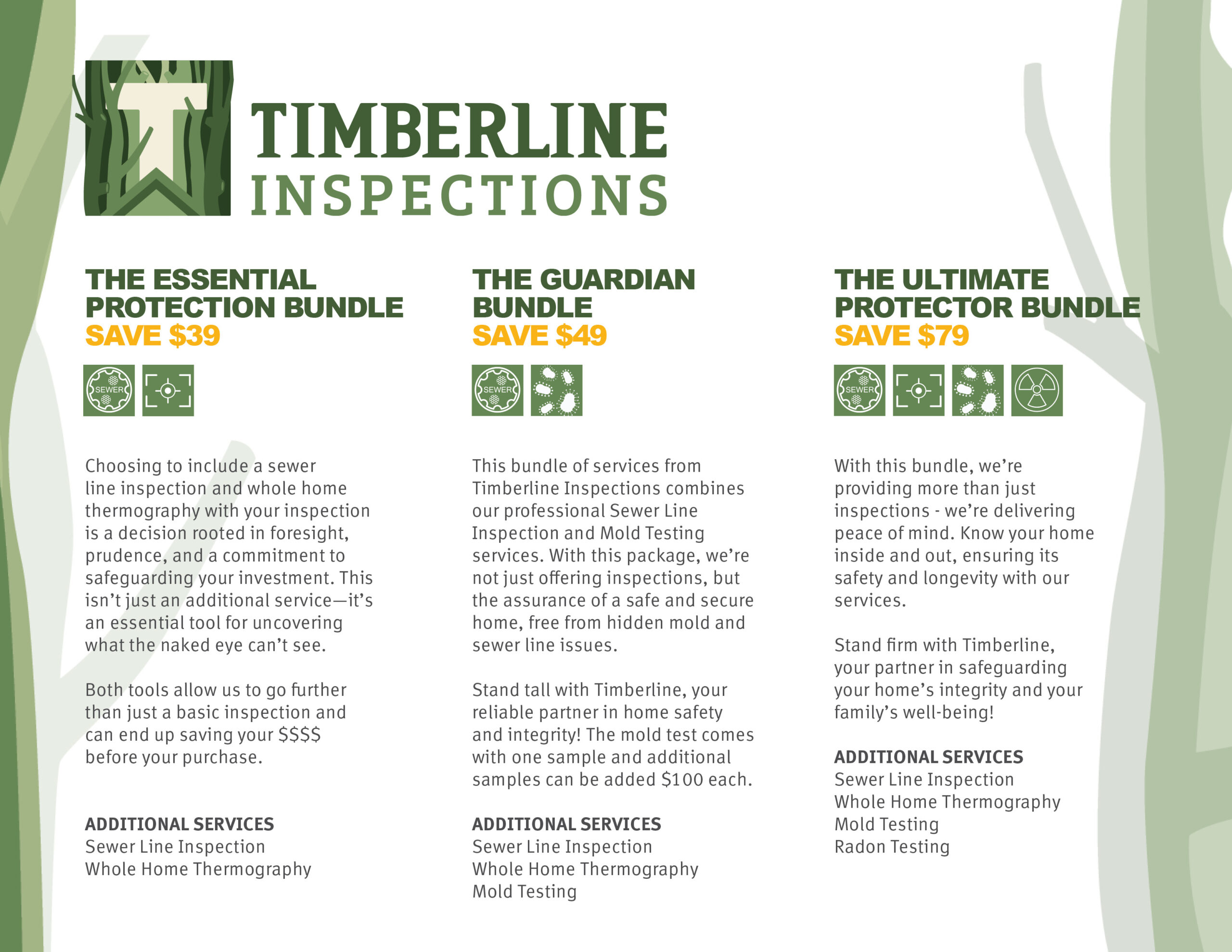[et_pb_section bb_built=”1″][et_pb_row][et_pb_column type=”1_2″][et_pb_image _builder_version=”3.4.1″ src=”https://timberlineinspections.com/wp-content/uploads/2019/02/Hillary-and-Chris-Johnsonare-expecting-their-third-child-9.png” /][/et_pb_column][et_pb_column type=”1_2″][et_pb_text _builder_version=”3.4.1″]
All central air-conditioning units, whether installed for residential or commercial purposes, should be regularly inspected to ensure that they work properly. Moreover, when a unit is subjected to regular inspections, the property owner is able to better prepare for mandatory repairs or replacement.
[/et_pb_text][/et_pb_column][/et_pb_row][et_pb_row][et_pb_column type=”4_4″][et_pb_text admin_label=”All central air-conditioning units, whether installed for residential or commercial purposes, should be regularly inspected to ensure that they work properly. Moreover, when a unit is subjected to regular inspections, the property owner is able to better prepare for mandatory repairs or replacement.” _builder_version=”3.4.1″]
All central air-conditioning units, whether installed for residential or commercial purposes, should be regularly inspected to ensure that they work properly. Moreover, when a unit is subjected to regular inspections, the property owner is able to better prepare for mandatory repairs or replacement.
Though it is important that an annual inspection is done by professional AC contractors, homeowners can do an amateur inspection once and a while. To help you do the work yourself, below is a central air-conditioning system inspection guide to follow.
[/et_pb_text][/et_pb_column][/et_pb_row][et_pb_row][et_pb_column type=”4_4″][et_pb_text admin_label=”Check and clean the exterior condenser unit and its components” _builder_version=”3.4.1″]
Check and clean the exterior condenser unit and its components
[/et_pb_text][et_pb_image _builder_version=”3.4.1″ src=”https://timberlineinspections.com/wp-content/uploads/2019/02/Hillary-and-Chris-Johnsonare-expecting-their-third-child-2-2.png” align=”center” /][et_pb_text admin_label=”First on your inspection” _builder_version=”3.4.1″]
First on your inspection list should be the exterior condenser unit and its components at least once a year. A dirty condenser unit specifically, the evaporator and condenser coil may not function as they should. The exterior condenser unit is the large box on the side of the building or property that serves as an exhaust which pushes heat from the inside of the house or building to the outdoors.
Inside the box, you will find coils of pipe surrounded by thousands of thin metal fins. These metal fins give the coils more surface area to exchange heat. Here are the detailed steps on how to properly clean the exterior units as well as its components.
Tools needed:
- Garden hose
- Fin Comb
- Lubricating oil
- Central Air-conditioning unit user’s manual
Steps to clean the exterior condenser unit:
- Safety first. Be sure to turn off the unit.
- Clean up the exterior of the unit by removing any leaves, spider webs, and other debris. You may also want to trim foliage if necessary to ensure proper air flow.
- Proceed to the interior by removing the cover grille. You can use a garden hose to make it easier.
- With a fin comb, straighten any bent fins.
- Apply lubricating oil to the motor. Be sure to read the user’s manual for specific instructions, if any.
Inspect the condensate drain line.
Condensate drain lines can be found on the side of the interior fan unit. These collect condensed water and drain it away from the AC unit. There are usually two drain lines. A primary drain line which is built into the unit and a secondary drain line that drains should the primary line becomes blocked. Below are the steps to conduct a condensate drain line inspection which is quite simple and require no specialized tools:
- Look for obstructions like algae and debris. Blocked drain lines will cause water to overflow which can be dangerous as well as it can cause water damage to your property.
- Check that the hoses are secured and that they fit properly.
Clean the air filter.
Air filters should be periodically washed or replaced depending on the manufacturer’s instructions as it removes pollen, dust, and other particles that should be circulating indoors. Dirty air filters will degrade indoor air quality as well as will require the motor to work harder in moving the air through it. And what would that mean to you? Well, increased energy costs which means higher monthly utility bills and reduced energy efficiency, which means less cooled house or building.
During cooling seasons where the unit is used heavily, air filters should be replaced at least once a month and more often if the unit is used constantly or if the occupants have respiratory problems. Pets’ fur can also accumulate on air filters so if you have one, you may need to clean and replace it more often. Air filters are usually rectangular in shape and measures about 20×16 inches and 1 inch thick. They are located near the inside fan unit and slide into the main ductwork.
[/et_pb_text][/et_pb_column][/et_pb_row][et_pb_row][et_pb_column type=”4_4″][et_pb_text _builder_version=”3.4.1″]
Cover the exterior unit.
[/et_pb_text][et_pb_image _builder_version=”3.4.1″ src=”https://timberlineinspections.com/wp-content/uploads/2019/02/unnamed-4.png” align=”center” /][et_pb_text _builder_version=”3.4.1″]
In preparation for winter, when the AC unit will not be needed, you should cover the exterior condenser unit. This will prevent ice, leaves, and dirt from entering it which can pose harm to its components and would require you to do additional maintenance come spring time. Exterior condenser unit cover can be purchased or you can make one by taping plastic trash bags together. For safety purposes, turn off the unit before covering it.
Close the air-distribution registers.
These are duct openings in ceilings, walls, and floors where col air pass to enter the room. Like the exterior condenser unit, they too should be closed or covered after the cooling season. (But be sure to open them back up once winter is over). This will prevent warm air from getting out of the room during winter. Moreover, this will prevent pests and dust from entering the ducts during winter. Adjacent lever or wheel are typically used to open or close these vents.
So basically you, as the home or property owner can do periodic inspections on your central air-conditioning unit but a professional inspection should not be missed each year which needs to be done before winter starts.
If you’re looking for a professional home inspector, reach out to Timberline Home Inspections at (205) 545-2050.
[/et_pb_text][/et_pb_column][/et_pb_row][/et_pb_section]

